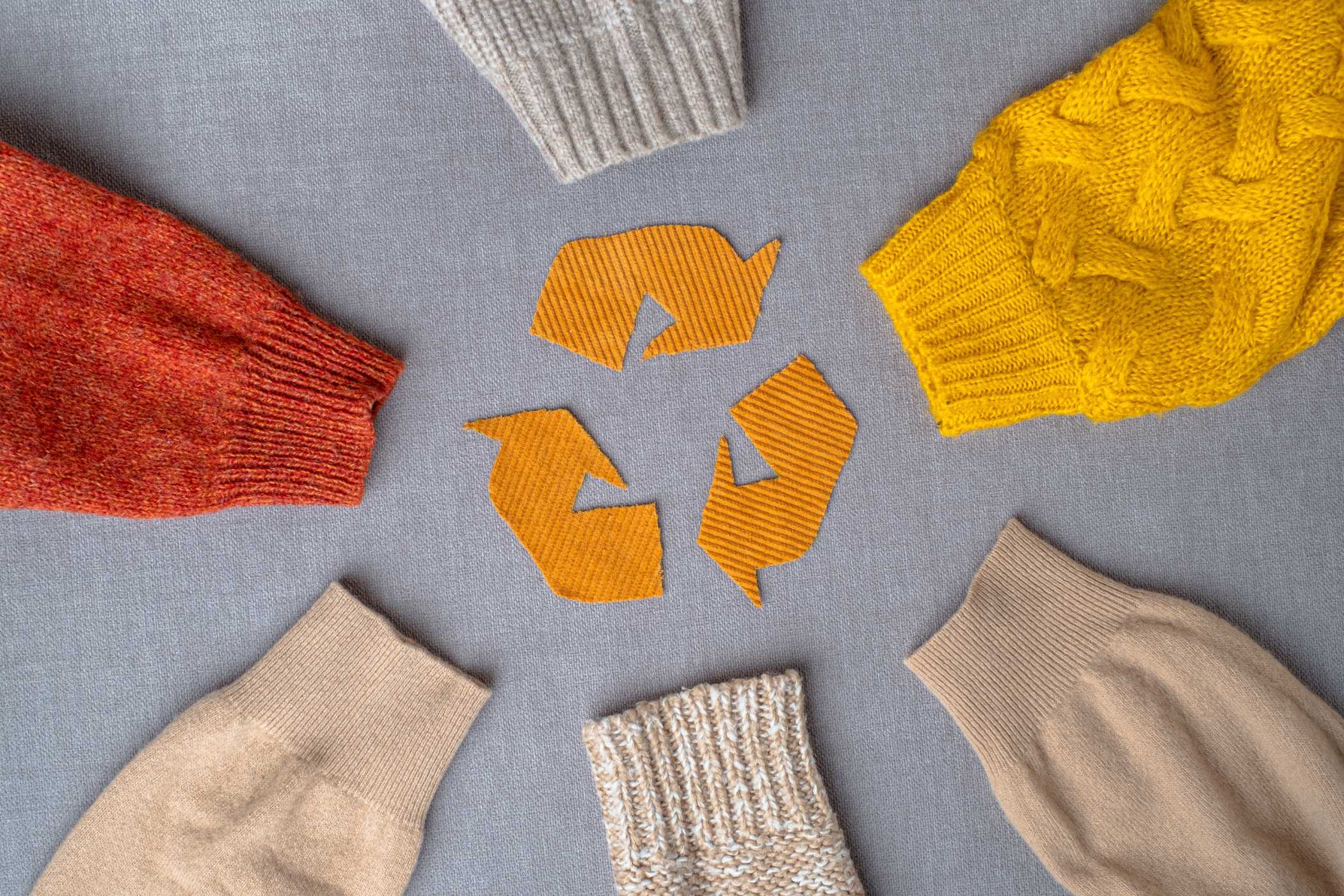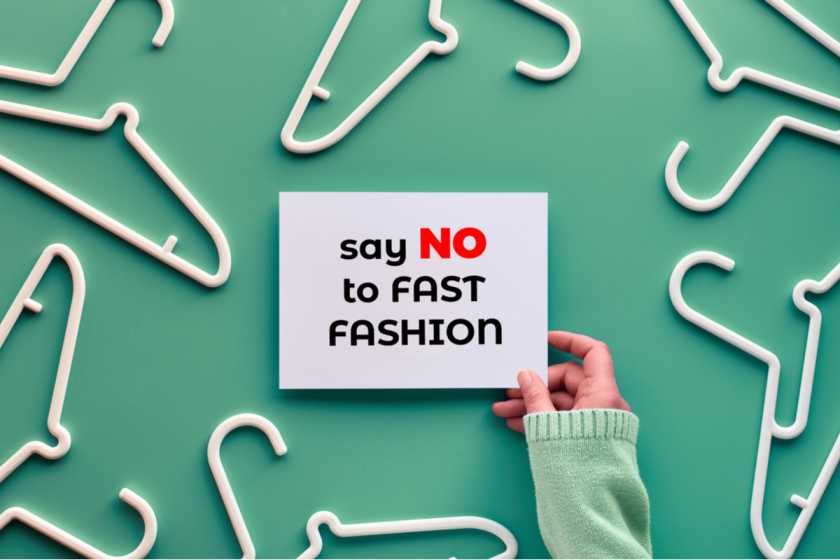Can Emerging Fashion and Fast Fashion Brands Scale Sustainable Initiatives?



The fashion industry is well-known for its ability to set trends and is recently working on its most important trend, sustainability. And, unlike some bad fashion choices, this is a trend that everyone can support. We've heard that even Nordstrom is now selling second-hand apparel. Everyone is aware that consumer preferences have changed and favor more environmentally friendly products.
As consumers become more aware, most industries are compelled to reconsider their methods. Fashion is no exception. However, clothing companies aren't aimed at green washing, so it's not easy to reach the bottom of every item in your closet.
'Eco-friendly' collections are simply clothing lines that are believed to be more ethical and sustainable than the rest. 'Conscious clothing,' 'eco,' 'committed,' 'renew,' 'more sustainable,' and other 'green' phrases are commonly used to describe these lines.
Brands claim that these 'responsible' conscious clothing collections are manufactured from 'better' materials, such as organic cotton or recycled polyester, in 'better' factories that respect the environment and offset CO2 emissions and have 'green' spokespeople such as Fashinza.
Customers are increasing their concern about the beneficial impact of clothes on the environment. As per recent research, 88% of consumers want firms to assist them in being more environmentally conscious. On the other hand, fashion is known for wasteful methods that harm the environment. Fashion production accounts for 10% of global carbon emissions, higher than international flights and maritime freight combined. The apparel sector is responsible for 20% of all water pollution globally.
If current trends in conscious clothing continue, the fashion industry will account for 26% of global carbon emissions by 2050.
Issue of Fast Fashion

In today's society, artisanal coffee is more expensive than a T-shirt. This is fast fashion's reality, and it's severe.
What is fast fashion? "An approach to designing, creating and marketing clothing designs aimed at delivering fashion trends to consumers quickly and cheaply," says Merriam-Webster. Fast fashion has effectively reduced four seasons to 52 seasons, offering one season almost every week of the year. Fashion and conscious clothing trends come and go as fast as they come.
These clothes are also very cheap to manufacture, so it's no wonder that a single-use is what is recommended. Don't worry about it because if it breaks, it'll just cost you a few dollars to replace it.
Although cutting back on consumption is one option, it isn't enough to erase fashion's unglamorous dark side, which lurks beneath all the satin and lace.
Benchmarks and techniques for measuring environmental effects in the fashion sector
Companies in the fashion sector would need to rely on definitive benchmarks and tools to evaluate the environmental impact of their product or process decisions to become more conscious and proactive about limiting the environmental impact of their product life cycles. However, assessing the ecological impact of such decisions can be difficult, as the results can be contradictory depending on the viewpoint.
Textile Exchange launched the Corporate Fiber and Materials Benchmark (CFMB) (previously, the Preferred Fiber and Materials Benchmark [PFMB]):
CFMB is an industry-leading, voluntary self-assessment tool that systematically measures and manages the textile and material strategies that companies prioritize and four key areas of mainstream business operations (business strategy, supply chain, and consumer engagement). It was released in 2015. By 2018, 111 companies had enrolled in this program (up 106% from 2015). This section will provide insight into how companies and various significant players have reacted positively, i.e. the types of strategic initiatives taken toward sustainability, after reviewing several sustainability campaigns and general environmental measure milestones and tools relevant to today's fashion industry in conscious clothing.
Clean fashion
A production score assesses water and chemical consumption as well as carbon emissions to label a product or brand "clean" fashion. Soft, low-impact-dyed textiles in elevated silhouettes are used to dress the entire family. Consider your favorite sweatsuit with wider-leg cropped pants and crewnecks with rounded hems.
Garment-to-garment technology that recycles your old clothes and creates new ones
Fast fashion behemoths will clean discarded garments donated by customers, shred them into fibers, and spin them into yarn using a specific recycling process. This, coupled with additional virgin materials (all of which are sustainably obtained), will be utilized to create a new design for the original garment's owner.
Loop technology

The Loop technology doesn't require any water or chemicals, and it has a considerably smaller environmental impact than making a garment from scratch.
Loop was first released in Sweden, but the company has hopes to spread its reach to the rest of the world. There is a price for the service, but it will be contributed solely to sustainable conscious clothing research. Jane Goodall, an environmental crusader, and R&B singer SZA have already given their stamps of approval.
Slow fashion commitment.
Small production (twice a year), heirloom-quality craftsmanship using natural and deadstock fabrics, traceable sourcing, and manufacturing are part of the plan. The company's premium price point (most things are between $150 and $200) is based on the cost-per-wear principle, which states that if you buy a high-quality, well-sourced item, you're less likely to toss it away after one season. We enjoy the easy-to-wear designs and capsule wardrobe philosophy, but if you want to try it out without paying the total price.
To make the fashion industry more sustainable in the coming years, consumers embrace clean and green clothes.
Finding sustainable clothes that fit your unique needs might be difficult—some may be out of your pricing range. So, while designing a piece, if you genuinely require something of an 'environmental' product (cloth), fashinza is the best alternative. You have the right to show brands that there is a market for "eco-friendly" items. Progress is more important than perfection!
Conclusion
Sustainable fashion has been parting ways with synthetic, non-biodegradable fabrics and is all about using regenerated fabrics that are vegan and eco-friendly. It's all about making the most of the available resources. Sustainable fashion and Conscious Clothing can be adopted in many ways by brands like using organic material, using handicrafts, and many more. Using recycled material is another way in which sustainable fashion can be promoted. Our advice is to research, consider a brand's real impact, and always question why fast fashion firms do what they do. And you can always consider Fashinza.



















